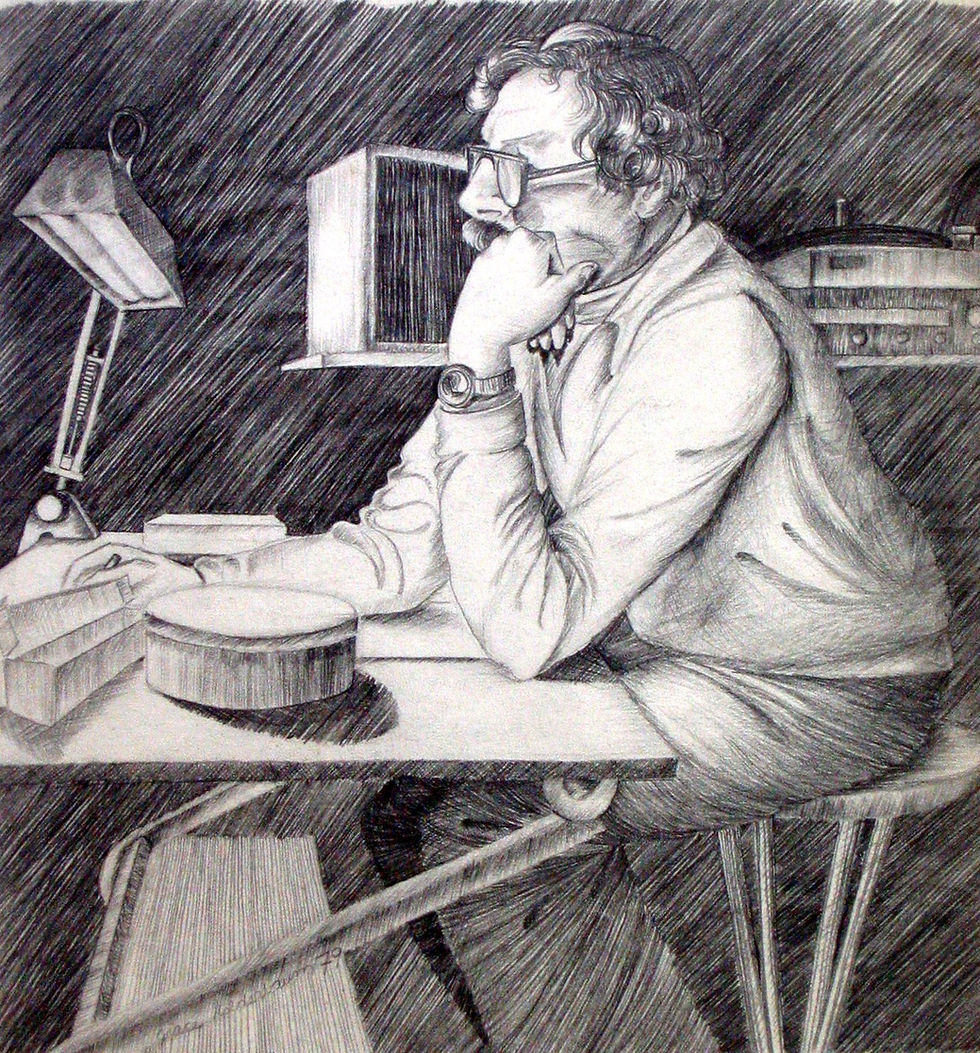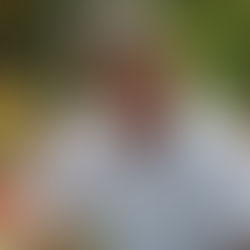An Impressionists Impressions
- Nick Kelly
- Mar 2, 2017
- 2 min read
He’s not the descendant of the Dutch master, but this Vandyk’s impressionism has a powerful individuality.

An artist with an international reputation and a very wide range of styles. Anthony Vandyk insists he’s not descended from the Dutch master of the same name, but a number of his paintings done in the traditional style could stand comparison with the renaissance Vandyke. Anthony exhibitions having received very favourable reviews and such mainstream art centres as Amsterdam and Barcelona. Without disparaging any particular art form, it’s fair to say that not all artists who are producing impressionist works are also capable a realistic one. Vandyk is perfectly capable of realistic works up to the standard of the ultra-realistic wildlife paintings that are enjoying popularity, and has the paintings and sketches to prove it. “But I am bored with realism, “says Vandyk and although he sketches constantly in a realistic style, his current paintings are unique type of impressionism he calls “mosaics in circles.” “Vandyk’s impressionism is somewhat different from that exemplified by the Pillar of Fire, the famous – or infamous – work that consists of one red stripe bordered by two black stripes and for which the National Gallery of Canada parted with $100,000. Physically Vandyk’s mosiacs consist of thousands of individual pieces of paint, applied with a knife. The subjects “Mexican Fisherboy” or “Mare and Foal” are realistic enough to be instantly recognizable, but they are subtly woven into a series of circles or ovals. In a blend of realism and impressionism, the subjects seem to naturally adopt the circular or oval existence. In the “Mare and Foal,” the mare curves down to touch the foal and the foal curves up to suckle the mare, completing the circle. Vandyk’s realistic graphics on the other hand, feature inanimate objects and landscapes. When the two styles are placed side-by-side you would think they were done by different artists. But then Vandyk traditional “Dutch masters “could be the work of a third artist. There’s at least one type of painting that requires the skills to converge: portraiture. Most people commissioning a portrait want a result that is recognizable as a subject. Maybe that’s why most cubist portraits hang in the artist’s own collection. However, whether they realize it or not, most clients will be dissatisfied by with a photographic realism. This isn’t just because a photograph is cheaper and it’s only partly because a degree flattery enters into many commission portraits (and most studio photographs). “The hard part is to capture the essence of the person, “says Vandyk, “so that when you look at the painting you feel you know them. “ All too often the result of an artist’s attempt to compete with the camera is a wooden or dead rendition. Vandyk’s have that extra something, and anyone thinking of a portrait can compare the example of Vandyk’s work with a photograph.
http://fineartamerica.com/profiles/anthony-vandyk.html?tab=artworkgalleries











































Comments